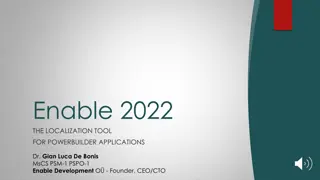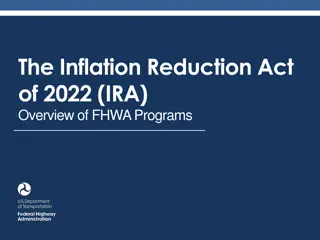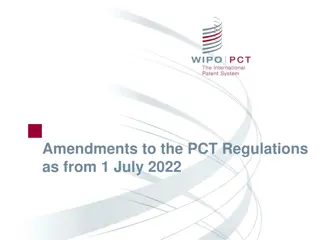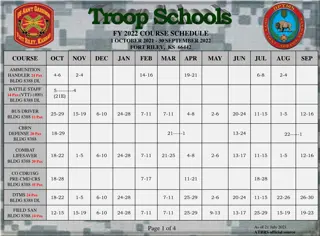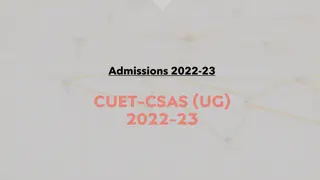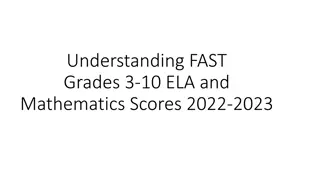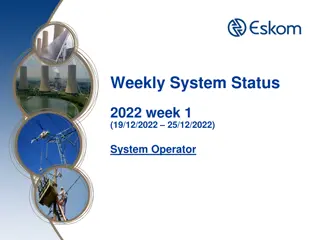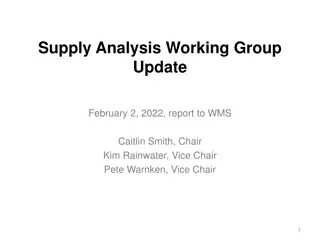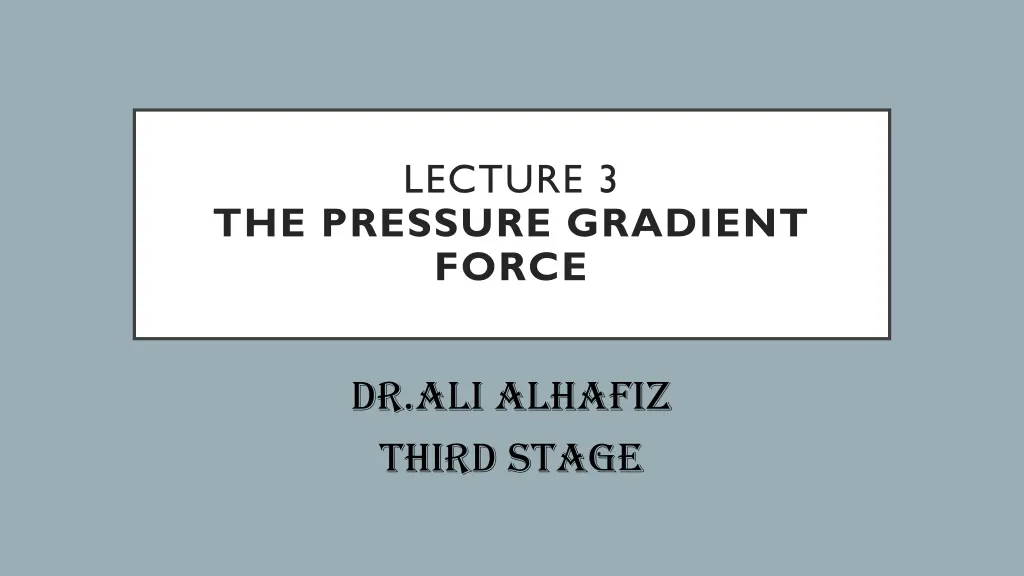
Atmospheric Motion Dynamics Overview
Explore the concept of pressure gradient force, scales of atmospheric motion, the second law of Newton, and the direction of pressure gradient force in meteorology. Learn about calculating pressure gradient force, mass of differential volume elements, and acceleration estimation in atmospheric dynamics.
Download Presentation

Please find below an Image/Link to download the presentation.
The content on the website is provided AS IS for your information and personal use only. It may not be sold, licensed, or shared on other websites without obtaining consent from the author. If you encounter any issues during the download, it is possible that the publisher has removed the file from their server.
You are allowed to download the files provided on this website for personal or commercial use, subject to the condition that they are used lawfully. All files are the property of their respective owners.
The content on the website is provided AS IS for your information and personal use only. It may not be sold, licensed, or shared on other websites without obtaining consent from the author.
E N D
Presentation Transcript
LECTURE 3 THE PRESSURE GRADIENT FORCE Dr.Ali alhafiz Third stage
SCALES OF ATMOSPHERIC MOTION DYNAMICAL METEOROLOGY: IS THE STUDY OF THE CAUSE AND NATURE OF MOTION OF ATMOSPHERE ON ALL SCALES
SECOND LOW OF NEWTON ?? ??? + ?? ??? + ?? ??? (CARTESIAN COORDINATE) ? = ?? ??= 2 ? 1 ??? + ? + ?? (Spherical coordinates)
THE PRESSURE GRADIENT FORCE ?0+?? ?? 2+ ?? ?? ????? ????? ?? ???= (?0 ?? ?? 2) ?? ?? ?? where ???? is the area of wall ?. ???= +(?0+?? ?? 2) ?? ?? ?? Therefore, the net x component of this force acting on the volume is ??= ???+ ???= ?? ???? ?? ??
The mass ? of the differential volume element is simply the density times the volume: ? = ???????. Thus, the x component of the pressure gradient force per unit mass is ?? ?= ? ?? ?? ( what is this ?????) ? Similarly, it can easily be shown that the ? and ? components of the pressure gradient force per unit mass are ?? ?= 1 ?? ?? ?? ?= 1 ?? ?? ??? ? ? so that the total pressure gradient force per unit mass is ? ?= 1 ? = 1 ??? 7.1 ??? 7.2
THE DIRECTION OF THE PRESSURE GRADIENT FORCE ? IS IN THE OPPOSITE DIRECTION OF THE PRESSURE GRADIENT ??. ?? ? ? where ??is the contour interval for the isobars and ? is the horizontal distance between the isobars.
Example: At the four points shown in the picture below, estimate the magnitude of the acceleration due to the pressure gradient force. Assume the density is 1.23 kg/m3. The isobars are labeled in mb, scale map is 1 cm/100 km. f= f=- -1 1 p p p=1 1 p p n n f= f=1 1 p=
At point B At point A ? = 1008 1004 = 4 ?? = 4 ?? ? = 4 102 ?? = 4 102?/?2 ? = 1004 1000 = 4 ?? = 4 102?/?2 ? = 1.6 ?? 100 ?? ? = 0.9 ?? 100 ?? = 160 ?? = 90 ?? 1 ?? 1 ?? ? = 160 103 ? 4 102 90 103= 0.0036 ?/???2 1 ? = 1.23 4 102 160 103= 0.002 ?/???2 1 ? = 1.23 At point C ? = 994 990 = 4 ?? = 4 102?/?2 ? = 0.6 ?? 100 ?? = 60 ?? 1 ?? 4 102 60 103= 0.0054 ?/???2 1 ? = 1.23 At point D ? = 0 Because ? = 0



